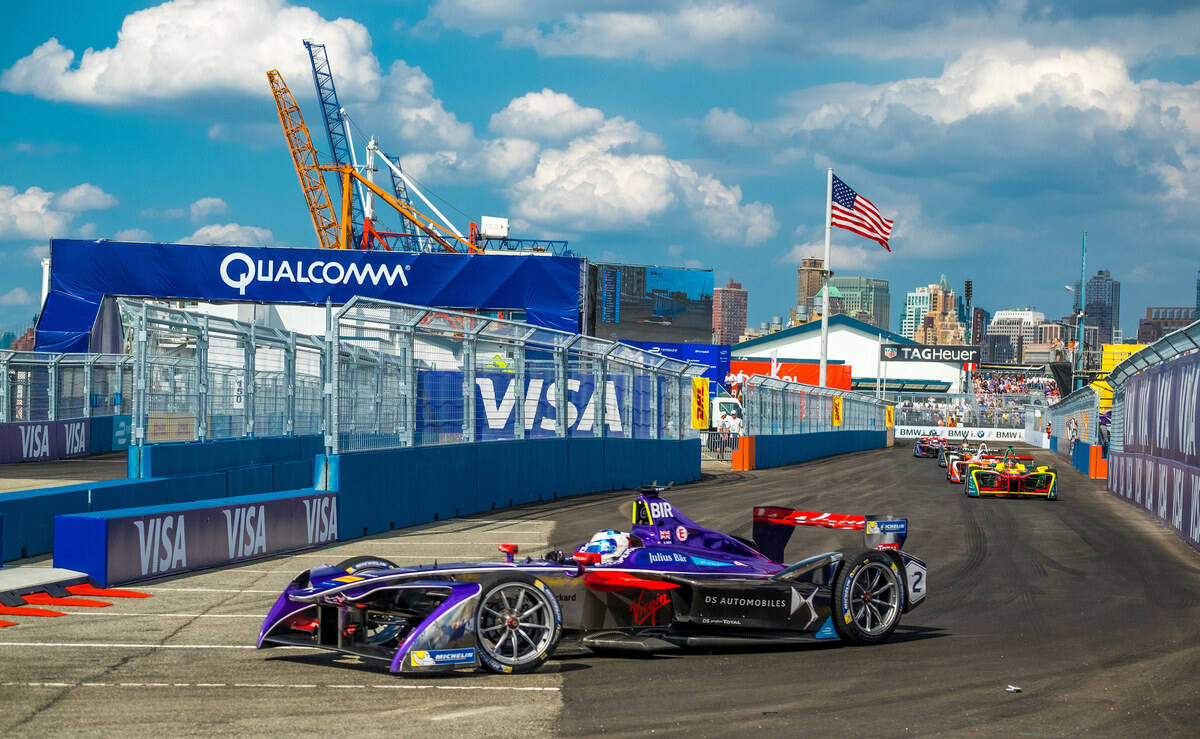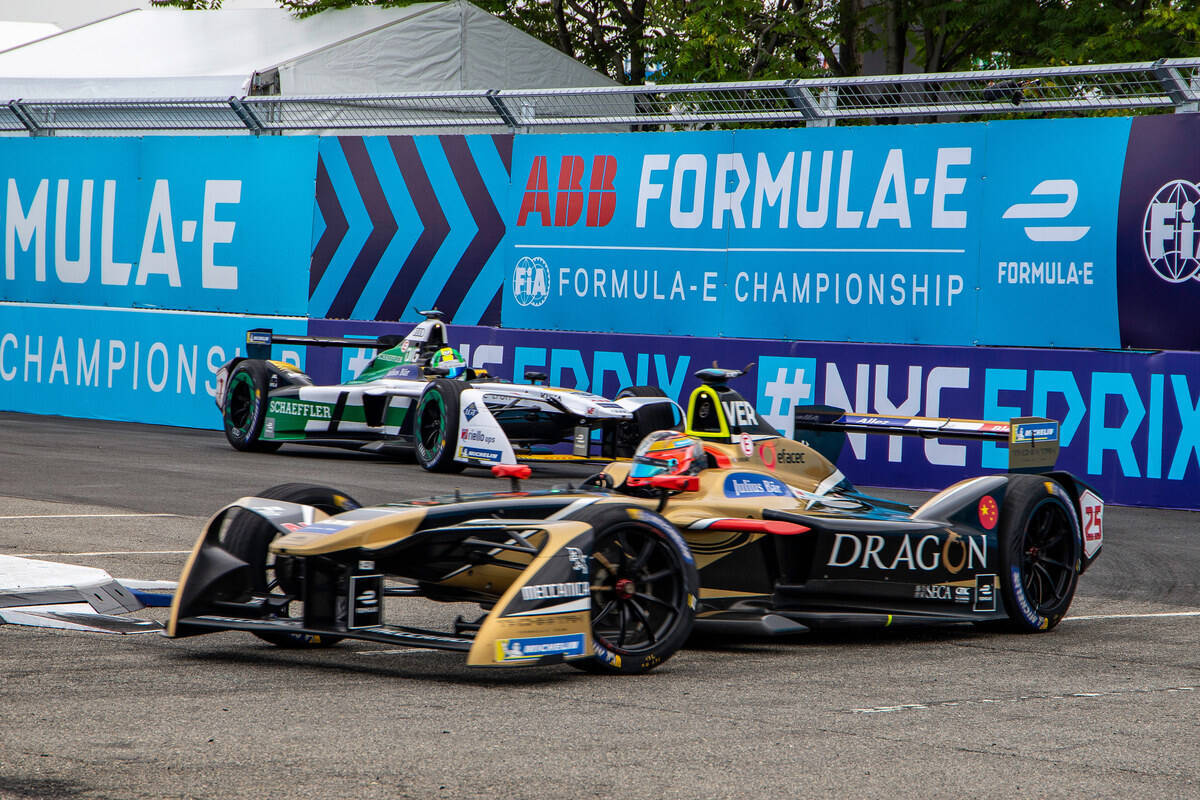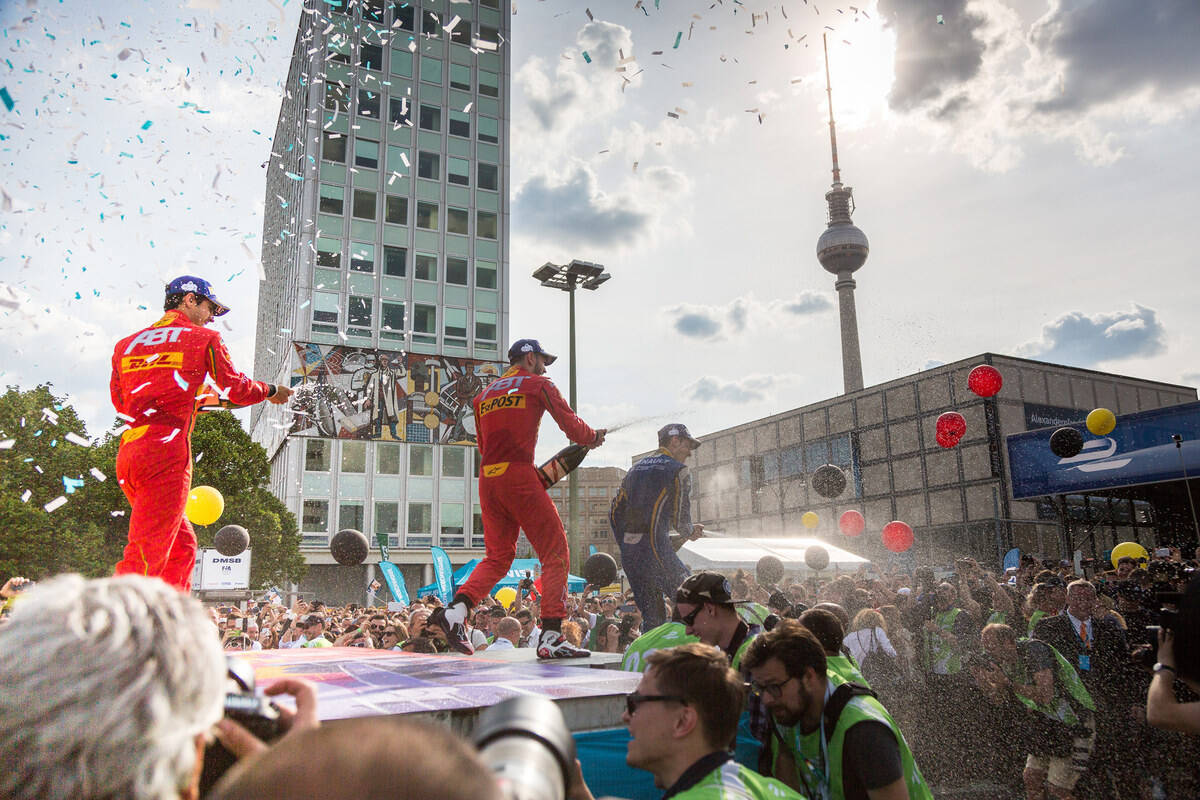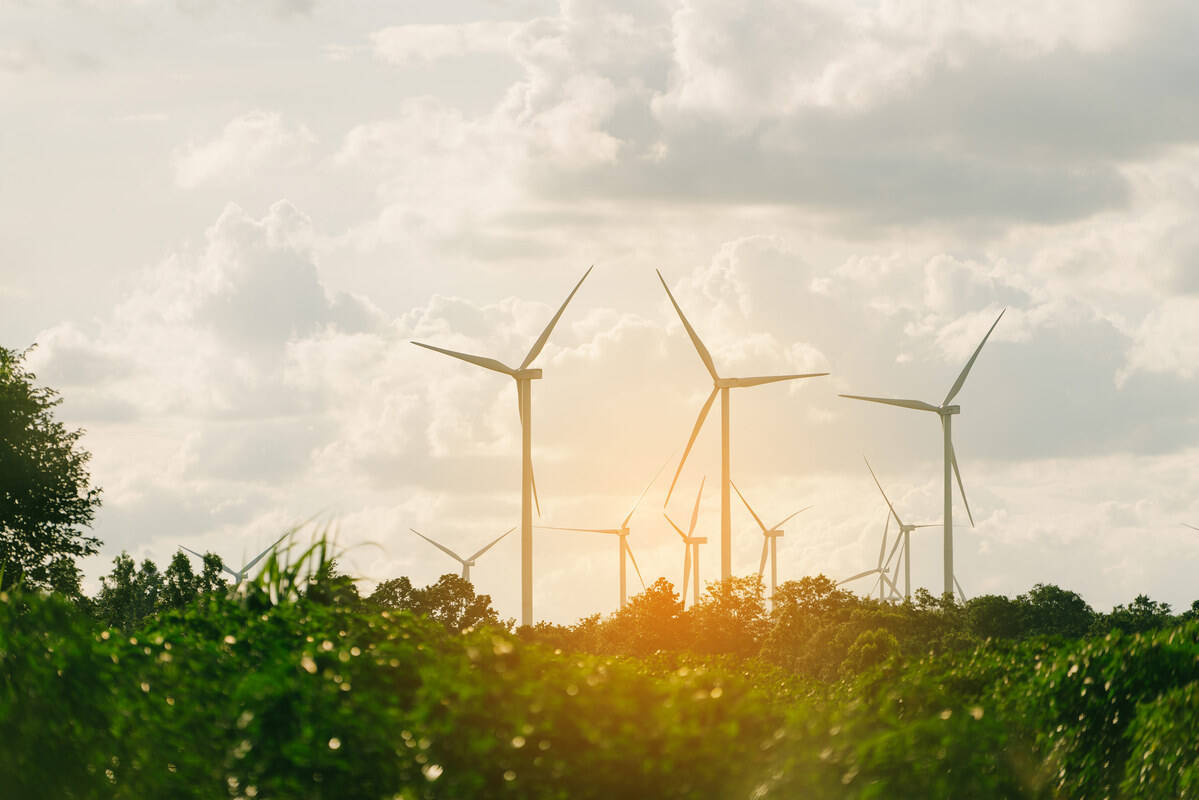What is Formula E?
Formula E is the electric car equivalent to Formula 1. A championship series conceived by FIA president Jean Todt and businessman Alejandro Agag in a Parisian restaurant in 2011. The first race was held in Beijing, China in September 2014, introducing the world to a brand new sustainable motorsport and now it has grown in popularity with races held around the world each year.
The mission of Formula E was to race through city streets, to have a grid filled with top drivers and the best teams, and the purpose was to highlight sustainable mobility for generations to come.
The Formula E Gen1 car was the first of its kind in the motorsport arena, an electric car, embedded with 150kW of power and a 0-60mph speed in less than 3 seconds. However, during the 2018/2019 season, cutting-edge advancements were made and the new, improved Gen2 racing car was introduced.
With the addition of a new lightweight battery boasting 250kW (335bhp) and a top speed of 280km/h, the teams were edging ever closer to Formula One race car speeds. This breakthrough put an end to pit stops, meaning each car had the power and capacity to complete the 45 minute race on one single charge.














Comments